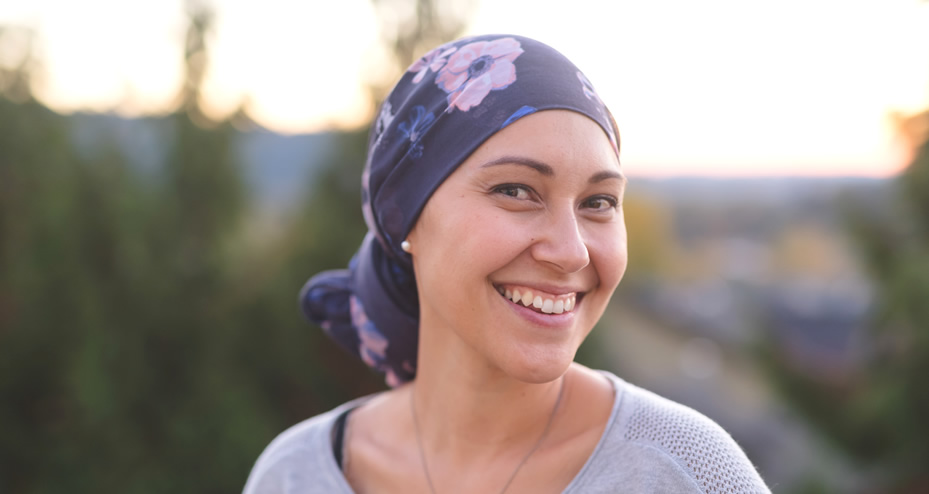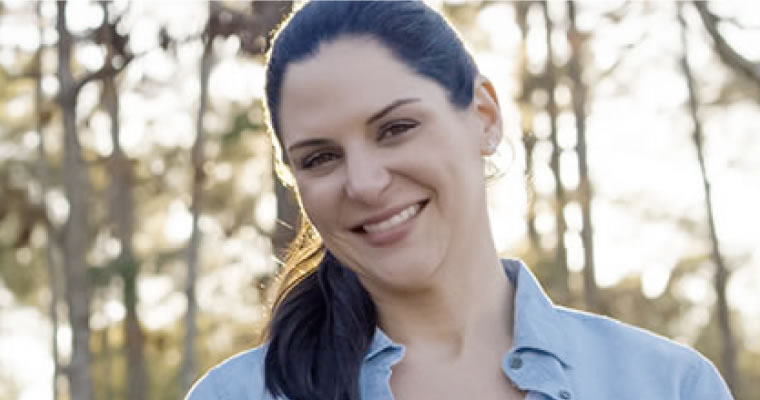In recent years, there have been significant improvements in survival rates for certain childhood cancers, including acute lymphoblastic leukemia.1 Even so, understanding what childhood cancer is and how it works can help families prepare for a diagnosis and subsequent treatment. Let’s dive deeper into what you should know about childhood cancer and how Aflac’s cancer insurance can give you financial support.
Table of Contents
Childhood cancer, or pediatric cancer, is abnormal cell growth that affects children and teens. This involves the uncontrollable or atypical growth of cells in the body to form tumors. Some tumors are benign and do no harm, while others are malignant and can spread to nearby tissue and other parts of the body.
While most cancers in adults have known causes and risk factors, many childhood cancers do not. However, over the years researchers have identified some risk factors for cancer in children, including:

Don’t wait until it’s too late. Help cover yourself and your family with coverage from Aflac.
Get StartedCommon childhood cancers differ from common adult cancers. Lung and colorectal cancers are more common in adults, along with prostate cancer in men and breast cancer in women.5 Here are some common types of childhood cancers:6
Leukemias, especially acute lymphocytic leukemia (also known as acute lymphoblastic leukemia) (ALL) and acute myeloid leukemia (AML), are the most common childhood cancers. They affect the bone marrow and blood and may cause symptoms like bone and joint pain, weakness, and fatigue.
Brain and spinal cord tumors exist in many forms. The treatments and outlook for each can vary. Brain tumors in children may cause headaches, nausea, and vision problems, along with other symptoms. Spinal cord tumors are less common but may cause numbness, weakness, and lack of coordination in the arms and legs. It's important to note that these symptoms can be caused by other abnormalities, and don't necessarily mean your child has a brain or spinal cord tumor.
Lymphomas often start in the lymph nodes, tonsils, or thymus. They may affect the bone marrow and other organs over time. Swollen lymph nodes, fever, fatigue, weight loss, and sweats are among the symptoms. Hodgkin and Non-Hodgkin lymphoma are the main types.
Neuroblastoma is usually observed in infants and young children as it starts in the nerve cells found in developing embryos or fetuses. It starts as a swelling in the abdomen and can cause bone pain, fever, and other symptoms.
Kidney tumors, sometimes known as Wilms tumors or nephroblastoma, can show up on one or both kidneys. It may be accompanied by symptoms like loss of appetite, fever, and nausea.
Signs and symptoms of childhood cancer depend on the type of cancer and where it starts. Here are some general symptoms that parents and caregivers may want to look out for:7
There have been significant advances in medical science and healthcare, allowing for successful treatment of many forms of childhood cancer. Additionally, cure rates have dramatically improved over the past few decades. A multidisciplinary team of medical professionals often tailors the treatment plan to the individual needs of the child, considering factors like:
It's also notable that research is ongoing to develop more effective treatments for each type of childhood cancer.
Cancer insurance can help provide parents and families with financial support in case of a childhood cancer diagnosis. Aflac offers supplemental cancer insurance for individuals and families (insurance that offers additional coverage for expenses not covered by primary health insurance). Our cash benefits can help you deal with day-to-day expenses. Speak with an agent today to learn more about your options.
Get Started
Getting cancer treatment without insurance is expensive. Aflac discusses the costs of cancer treatments, the dangers of cancer without insurance, and what cancer insurance helps cover.

Cancer not only affects you physically, it can also take a toll emotionally and financially. To help you navigate the practical and emotional difficulties you may be facing, Aflac has partnered with two wonderful organizations.
1 National Cancer Institute - Cancer in Children and Adolescents. Updated August 27, 2024. https://www.cancer.gov/types/childhood-cancers/child-adolescent-cancers-fact-sheet#r1. Accessed July 16, 2025.
2 Jude Children's Research Hospital - Hereditary Retinoblastoma. Updated June 27, 2024. https://www.stjude.org/care-treatment/treatment/genetic-syndromes/hereditary-retinoblastoma.html. Accessed July 16, 2025.
3 National Institutes of Health - Causes of Childhood Cancer: A Review of the Recent Literature: Part I — Childhood Factors. Published March 27, 2024. https://www.ncbi.nlm.nih.gov/pmc/articles/PMC11011156/. Accessed July 16, 2025.
4 National Library of Medicine - Environmental Pollution and Risk of Childhood Cancer: A Scoping Review of Evidence from the Last Decade. Published March 14, 2024. https://www.ncbi.nlm.nih.gov/pmc/articles/PMC10970446/. Accessed July 16, 2025.
5 National Cancer Institute – Cancer Statistics. Updated May 9, 2024. https://www.cancer.gov/about-cancer/understanding/statistics. Accessed July 23, 2024.
6 American Cancer Society - Types of Cancer that Develop in Children. Updated May 7, 2025. https://www.cancer.org/cancer/types/cancer-in-children/types-of-childhood-cancers.html. Accessed July 16, 2025.
7 American Cancer Society - Finding Cancer in Children. Updated February 6, 2025. https://www.cancer.org/cancer/types/cancer-in-children/finding-childhood-cancers-early.html. Accessed July 16, 2025.
Content within this article is provided for general informational purposes and is not provided as tax, legal, health, or financial advice for any person or for any specific situation. Employers, employees, and other individuals should contact their own advisers about their situations. For complete details, including availability and costs of Aflac insurance, please contact your local Aflac agent.
Aflac coverage is underwritten by American Family Life Assurance Company of Columbus. In New York, Aflac coverage is underwritten by American Family Life Assurance Company of New York.
Cancer insurance is also known as Specified-Disease Insurance in some states. Aflac Cancer Plans: 72200 series: In Delaware, Policy A72200. In Idaho, Policy A72200ID. In Oklahoma, Policy A72200OK. In Virginia, Policy A72200VA. B70000 series: In Delaware, Policies B70100DE, B70200DE & B70300DE. In Idaho, Policies B70100ID, B70200ID, B70300ID, B7010EPID, B7020EPID. In Oklahoma, Policies B70100OK, B70200OK, B70300OK, B7010EPOK, B7020EPOK. A76000 series: In Pennsylvania, Policy A76100PA. A75000 series: In Virginia, policies A75100VA–A75300VA.
Coverage underwritten by Tier One Insurance Company:
T70000 Series: In Delaware, Policy T70000. In Idaho, Policy T70000ID. In Oklahoma, Policy T70000OK. In Oregon, Policy T70000OR. In Pennsylvania, Policies T70000PA, T7000GPA. In Texas, Policy T70000TXR. In Virginia, policies T70000VA & T70000GVA.
Coverage may not be available in all states, including but not limited to DE, ID, NJ, NM, NY or VA. Benefits/premium rates may vary based on state and plan levels. Optional riders may be available at an additional cost. Policies and riders may also contain a waiting period. Refer to the exact policy and rider forms for benefit details, definitions, limitations, and exclusions.
Aflac WWHQ | Tier One Insurance Company | 1932 Wynnton Road | Columbus, GA 31999
In California, Tier One Insurance Company does business as Tier One Life Insurance Company (Tier One NAIC 92908).
Z2300958R2
EXP 8/26